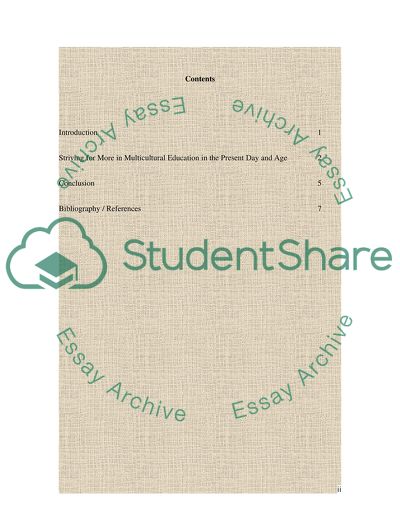Cite this document
(“Multicultural Education Research Paper Example | Topics and Well Written Essays - 1000 words”, n.d.)
Retrieved from https://studentshare.org/education/1559382-multicultural-education
Retrieved from https://studentshare.org/education/1559382-multicultural-education
(Multicultural Education Research Paper Example | Topics and Well Written Essays - 1000 Words)
https://studentshare.org/education/1559382-multicultural-education.
https://studentshare.org/education/1559382-multicultural-education.
“Multicultural Education Research Paper Example | Topics and Well Written Essays - 1000 Words”, n.d. https://studentshare.org/education/1559382-multicultural-education.


